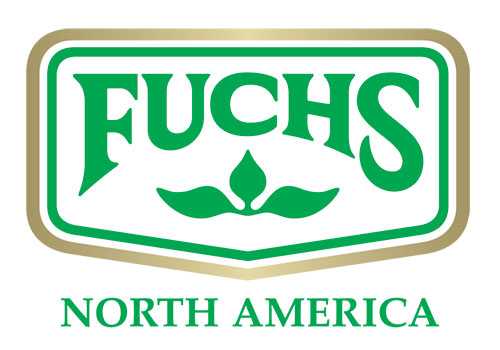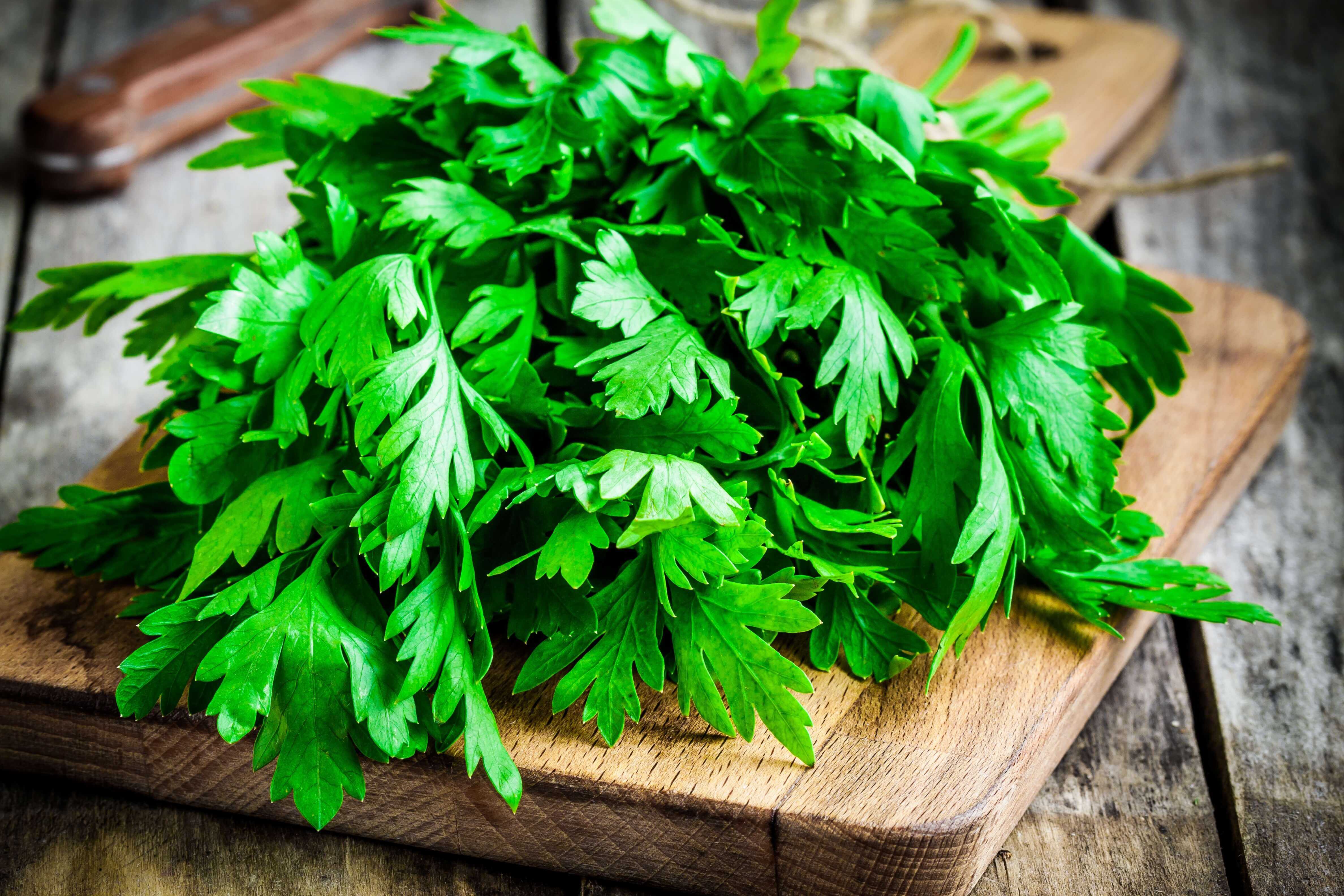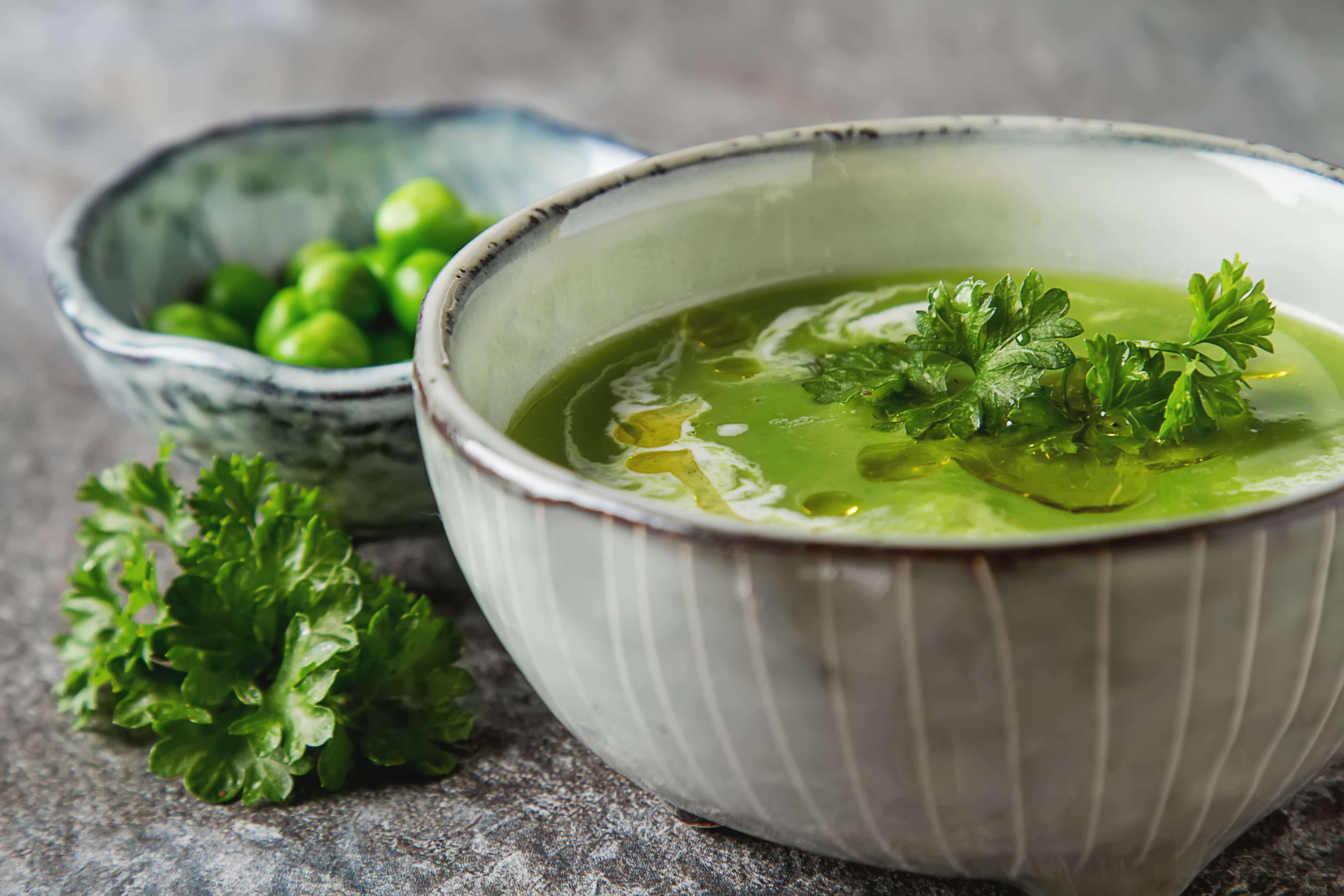What is Parsley?
Although parsley has been cultivated for thousands of years, its use was primarily symbolic, medicinal and based in superstition until the sixteenth century. Before that time, one of the plant’s main functions was to prevent intoxication when worn as a wreath at ceremonial banquets while drinking alcoholic beverages. It was also used by ancient Greeks to decorate the graves of loved ones, and transplanting parsley was considered an act of bad luck.
Parsley originated in the Mediterranean region and is still a substantial export product of Israel. It is a biennial that can grow to a height of up to 2 feet, producing a dense foliage of dark green leaves the first year and flowers and seeds the second year. Parsley harvest takes place in the first year when leaves are cut and quickly dried to retain their dark green color. In the second year, these same branches produce small yellowish green flowers which carry seeds and can be used for the following year’s plantings.
What is it used for today?
Due to its mild, pleasant flavor and visual appeal, parsley is used on and in most types of foods with the exception of sweet goods. As dehydrated parsley flakes, the herb is part of many seasoning blends for the leafy texture and green color imparted. It is a popular addition to soup bases, sauce mixes and all-purpose herb blends such as Bouquet Garni.
To learn more about the spices and seasonings that Fuchs has to offer, click here. Our experts are ready to educate your team on all things spices and seasonings. To find out more, contact us.




 For more information about Fuchs North America's products and programs that support food manufacturers in their product development needs, please
For more information about Fuchs North America's products and programs that support food manufacturers in their product development needs, please